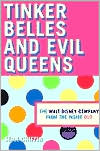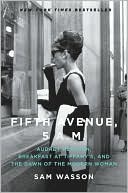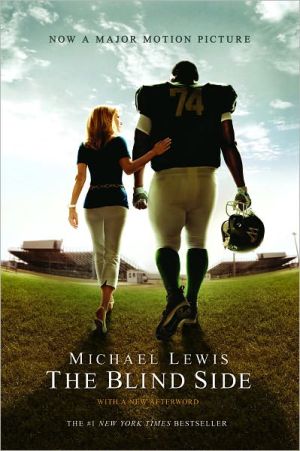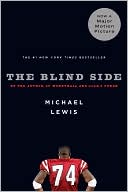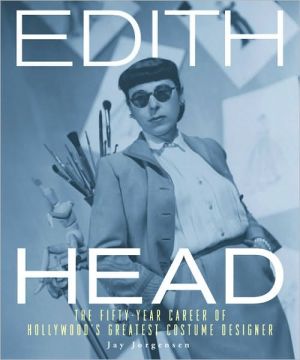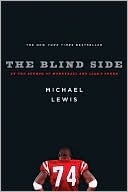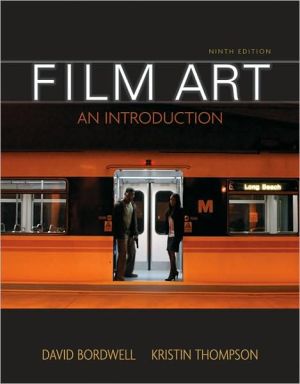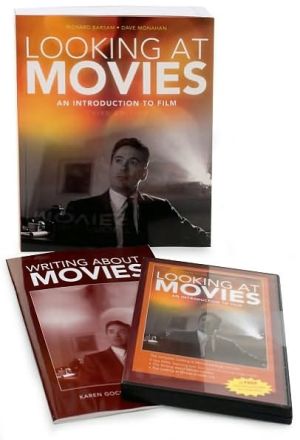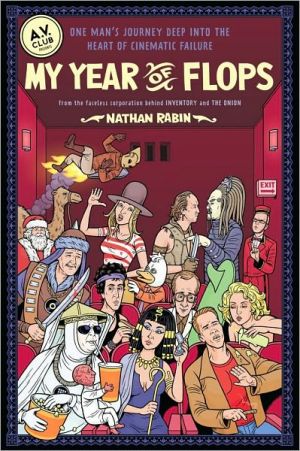Tinker Belles and Evil Queens: The Walt Disney Company from the Inside Out
From its Magic Kingdom theme parks to its udderless cows, the Walt Disney Company has successfully maintained itself as the brand name of conservative American family values. But the Walt Disney Company has also had a long and complex relationship to the gay and lesbian community that is only now becoming visible.\ In Tinker Belles and Evil Queens, Sean Griffin traces the evolution of this interaction between the company and gay communities, from the 1930s use of Mickey Mouse as a code phrase...
Search in google:
From its Magic Kingdom theme parks to its udderless cows, the Walt Disney Company has successfully maintained itself as the brand name of conservative American family values. But the Walt Disney Company has also had a long and complex relationship to the gay and lesbian community that is only now becoming visible. In Tinker Belles and Evil Queens, Sean Griffin traces the evolution of this interaction between the company and gay communities, from the 1930s use of Mickey Mouse as a code phrase for gay to the 1990s "Gay Nights" at the Magic Kingdom. Armed with first-person accounts from Disney audiences, Griffin demonstrates how Disney animation, live-action films, television series, theme parks, and merchandise provide varied motifs and characteristics that readily lend themselves to use by gay culture. But Griffin delves further to explore the role of gays and lesbians within the company, through an examination of the background of early studio personnel, an account of sexual activism within the firm, and the story of the company's own concrete efforts to give recognition to gay voices and desires. The first book to address the history of the gay community and Disney, Tinker Belles and Evil Queens broadly examines the ambiguous legacy of how modern consumerism and advertising have affected the ways lesbians and gay men have expressed their sexuality. Disney itself is shown as sensitive to gay and lesbian audiences, while exploiting those same audiences as a niche market with strong buying power. Finally, Griffin demonstrates how queer audiences have co-opted Disney products for themselves-and in turn how Disney's corporate strategies have influenced our very definitions of sexuality. Publishers Weekly Move over, Tinky Winky! In this sprightly analysis of classic and contemporary Disney fare, queer theorist Griffin breaks new ground in media and cultural studies while outdoing right-wing politicians and fundamentalists who see homosexuality everywhere. Griffin's lavender-tinged view of the extravagant drag-queen theatrics of Cruella de Vil in 101 Dalmatians, Gaston's supermacho posturing in Beauty and the Beast and the camp sensibility he detects thoughout Aladdin may raise eyebrows, but Griffin is careful in building his argument that Disney images have been enormously influenced by gay culture and in showing how gay culture has, in turn, claimed and appropriated those images. Drawing on extensive research on the Walt Disney Corporation, Griffin shows how the Disney name became culturally synonymous with "family values" in the 1930s and '40s, and elucidates the development of a new, more adult, image and market under Michael Eisner in the 1980s. He is the first to reveal in detail the role of gay people--including artists and writers--at the corporation, and the formation of LEAGUE, a professional group for Disney's lesbian and gay employees. Although his postmodern critical methods narrow the readership for this book, Griffin, who teaches film and media at Florida Atlantic University, is adept at using them to delineate the influence of gay culture on mainstream American culture. His analysis of gay culture's affinity for fairy tales (such as the writings of Hans Christian Andersen and The Wizard of Oz) and that culture's subversive critique of traditional gender roles, in particular, are excellent. (Feb.) Copyright 2000 Cahners Business Information.
AcknowledgmentsIntroduction: Whose Prince Is It, Anyway?IWith Walt1Mickey's Monastery: Sexuality and the "Disney Mystique"32"Mickey Mouse - Always Gay!": Reading Disney Queerly during Walt's Reign48IISince Walt3Finding a Place in the Kingdom: Homosexuality at Disney during the Eisner Era934"Part of Your World": Reading Disney Queerly in the Eisner Era1335"You've Never Had a Friend Like Me": Target Marketing Disney to a Gay Community182Epilogue: The Circle of Life215Notes231Bibliography267Index283About the Author292
\ Publishers Weekly - Publisher's Weekly\ Move over, Tinky Winky! In this sprightly analysis of classic and contemporary Disney fare, queer theorist Griffin breaks new ground in media and cultural studies while outdoing right-wing politicians and fundamentalists who see homosexuality everywhere. Griffin's lavender-tinged view of the extravagant drag-queen theatrics of Cruella de Vil in 101 Dalmatians, Gaston's supermacho posturing in Beauty and the Beast and the camp sensibility he detects thoughout Aladdin may raise eyebrows, but Griffin is careful in building his argument that Disney images have been enormously influenced by gay culture and in showing how gay culture has, in turn, claimed and appropriated those images. Drawing on extensive research on the Walt Disney Corporation, Griffin shows how the Disney name became culturally synonymous with "family values" in the 1930s and '40s, and elucidates the development of a new, more adult, image and market under Michael Eisner in the 1980s. He is the first to reveal in detail the role of gay people--including artists and writers--at the corporation, and the formation of LEAGUE, a professional group for Disney's lesbian and gay employees. Although his postmodern critical methods narrow the readership for this book, Griffin, who teaches film and media at Florida Atlantic University, is adept at using them to delineate the influence of gay culture on mainstream American culture. His analysis of gay culture's affinity for fairy tales (such as the writings of Hans Christian Andersen and The Wizard of Oz) and that culture's subversive critique of traditional gender roles, in particular, are excellent. (Feb.) Copyright 2000 Cahners Business Information.\ \ \ \ \ From the Publisher"In this sprightly analysis of classical and contemporary Disney fare, queer theorist Griffin breaks new ground in media and cultural studies while outdoing right-wing politicians and fundamentalists who see homosexuality everywhere. . . Griffin is careful in building his argument that Disney images have been enormously influenced by gay culture and in showing how gay culture has, in turn, claimed and appropriated those images."\ -Publishers Weekly,\ "Presents Disney culture-so often thought of as a bastion of mainstream, heterosexual family values-in a fascinating and illuminating new light. Tinker Belles and Evil Queens is sharp and rigorously researched work. A veritable alternative history of Disney."\ -Dana Polan,University of Southern California\ \ \
